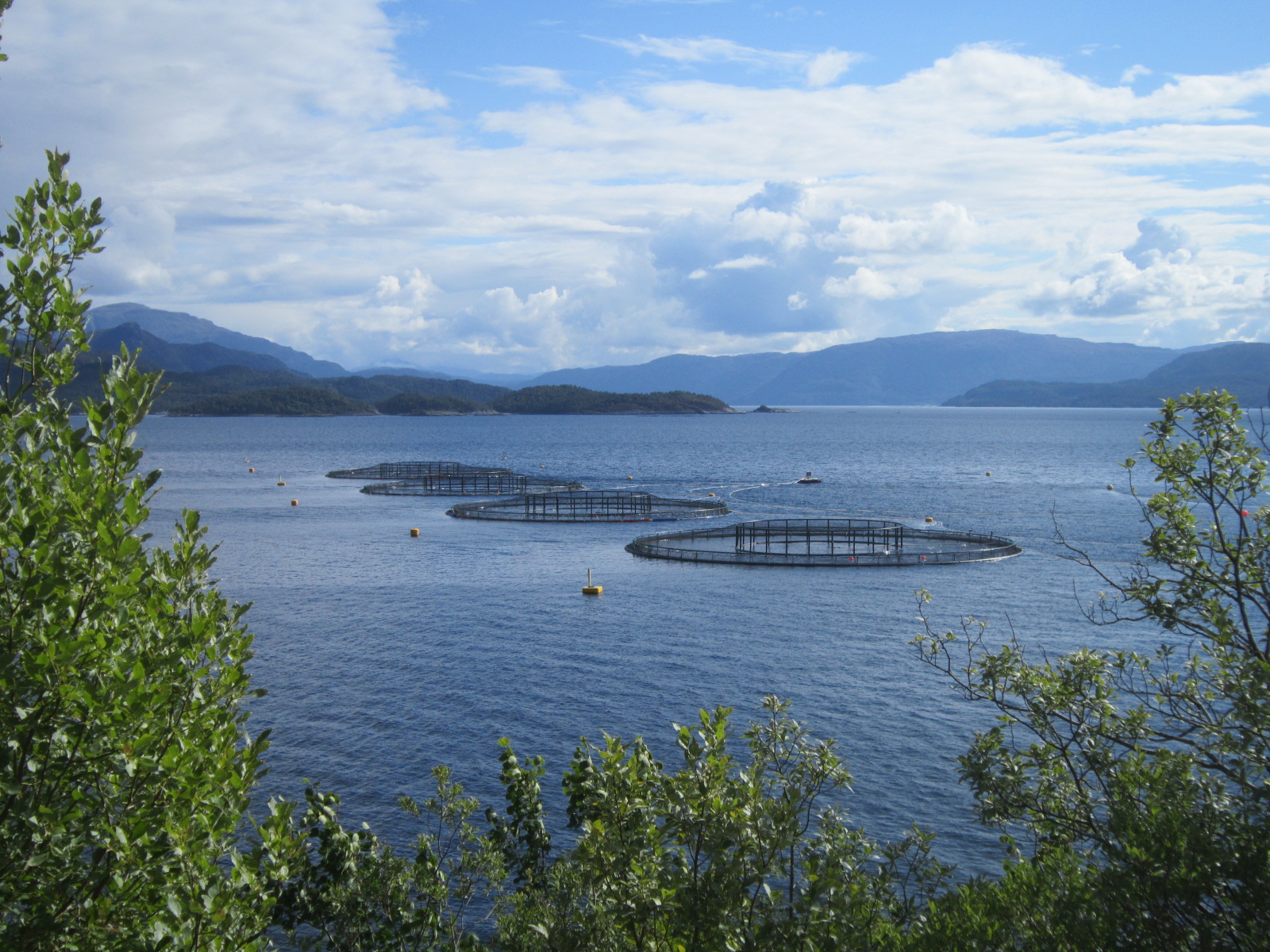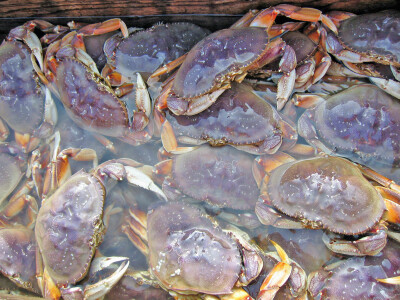Global salmon markets are getting shuffled by a massive algae bloom that has suffocated more than 8 million farmed salmon in Norway with no end in sight. Norway is the world’s largest farmed salmon producer, and its supply numbers can set the mark for fish prices around the world.
The Norwegian Directorate of Fisheries estimated the salmon loss so far at more than 25.5 million pounds of Atlantic salmon valued at more than $82 million. That would still amount to less than 1 percent of the industry’s output last year, when Norway produced nearly 1.3 million metric tons (nearly 3 billion pounds) of salmon, according to the New York Times. (That compares to Alaska’s catch of more than 605 million pounds of salmon.)
“The algae has a chemical composition that affects the membranes of the cells in the gills and they are destroyed, so the fish actually dies due to lack of oxygen,” said Lars-Johan Naustvoll, a biologist at Norway’s Institute of Marine Research.
Though the algae bloom is a natural event, fish growers said it is rare for it to be so concentrated and so lethal. Salmon farms are especially at risk since the salmon held captive in large net pens can’t swim away from it. Most blame an off kilter climate and warming oceans for the killer algae event.







